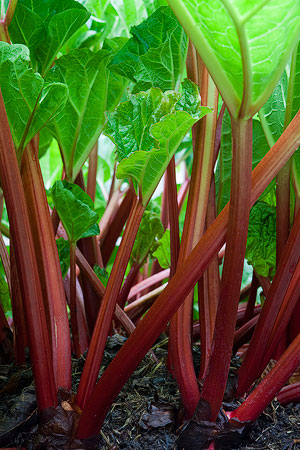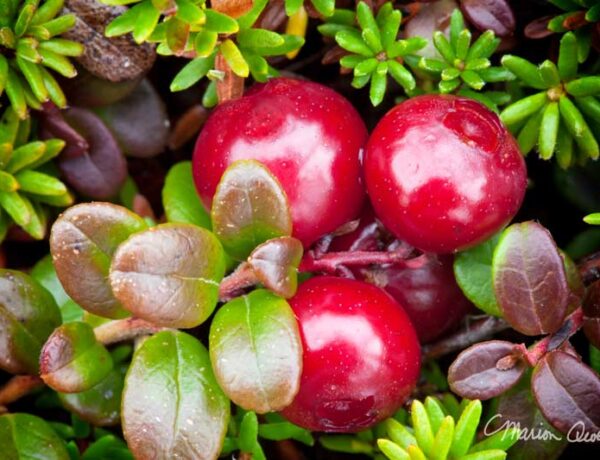Growing up in the rainy Pacific Northwest, spring and summer couldn’t come too quickly. I often tagged along with my mother on grocery shopping trips. As we wheeled the cart around the larger-than-life bins in the produce section, Mom would pull up to the display of oranges like a car easing up the gas pump.
“Go ahead, sweetie, pick one out for yourself,” she’d say with authority as if she had some sort of agreement with the manager.
Orange in hand, I’d jab my thumb into the thick, tennis ball-like skin, tear-away sections, and neatly stack them on top of a loaf of bread or can of beans sitting in the cart. As we navigated the aisles, I slowly nibbled on the juicy fruit, section by section.
Today, oranges continue to be a kind of winter spirit-booster. In fact, I like oranges so much that I can’t just eat the fruit. I’, compelled to zest it first so I can add sunshine to smoothies, muffins, hot chocolate, and salsa.
Why are navel oranges a winter fruit?
Pose that question to someone in Florida or California and they’ll look at you as if you had three eyes and say, “Because that’s when they’re available.”
While most of us are familiar with the many health advantages to eating oranges here are a few quirky facts about oranges that will make you appreciate them even more.
That funny-looking bump on the top of the orange? That’s where it’s cut from the stem on which it grew. Since it resembles a navel, well, that’s how navel oranges got their name. They are a seedless variety of orange that, when peeled, seems to have a second orange growing in them.
[Hi, Marion Owen here. This article was originally published in the Kodiak Daily Mirror, the hometown newspaper for Kodiak, Alaska. You can access the archive page for my past columns, written each week since 1986. One more thing… if you’re a gardener and your compost isn’t behaving as it should, I invite you to discover your #1 Composting Mistake by taking my 60-second assessment here].
Because navel oranges are seedless, they can’t reproduce through pollination which requires “budding” or grafting to create new trees.
Believe it or not, oranges are a type of berry (hesperidia to be exact) that grows on evergreen trees that can reach heights of 30 feet and live for over a hundred years.
How oranges traveled to California
In 1873, three navel orange trees were brought from Brazil and planted at Riverside, California, according to the book, “Fifty Plants that Changed the Course of History.” Within a few years, the trees bore fruit, launching America’s orange industry. Today, oranges are the largest citrus crop in the world.
The citrus taste of orange is ranked the third favorite in the world. The other two? Chocolate and vanilla.
A single citrus tree can bear as many as 60,000 rich, fragrant flowers, but only one percent of those flowers will turn into fruit.
About 20 percent of the total crop of oranges is sold as whole fruit; the remainder is used in preparing extracts, preserves, and orange juice.
Speaking of juice, Americans drink an average of six gallons of orange juice each year (2018), down from 8 gallons 7 years earlier. Still, that’s a lot of OJ.
What you might not realize, is how orange juice is made. According to the Huffington Post, all that “100 percent orange juice, not from concentrate” stuff you’ve been drinking is technically not from concentrate but it’s not really 100 percent orange juice either. You might want to take your citrus juicer out of the closet after reading the following description…
Again, from the Huffington Post (July 2011 and March 2017): Our store-bought glass of morning OJ is actually made by pulverizing whole oranges in giant processing machinery to extract its juice.
Once the juice is squeezed and stored in large vats, they start removing oxygen. That’s because removing oxygen from the juice stabilizes the liquid, allowing it to keep for up to a year without spoiling.
Thing is, removing oxygen also removes the natural flavors of oranges. So in order to have your morning OJ actually taste like oranges, drink companies hire flavor and fragrance companies, the same ones that make perfumes, to create “flavor packs” to make juice taste like, well, juice again.
It reminds me of a joke I heard the other day:
Did you hear what the compost pile said to the orange who’d lost her peel?
A rind is a terrible thing to waste!
Perhaps the rind ends up in one of the flavor packs!
Back to the making of OJ… Any allegiance you might have between say, Minute Maid or Tropicana, is due to the specific flavor pack the company uses. Since these flavor packs are made from orange byproducts and are chemically altered (sorry, but true), they don’t have to be considered an ingredient, and therefore companies are not required to list them on food labels.
On the sunnier side, sweet, juicy oranges make a delicious and healthy snack, (even for a little girl accompanying her mom to the grocery store). Oranges are well known for their vitamin C content among other powerhouse nutrients such as Vitamin A– the nutrient that can help prevent age-related macular degeneration, an incurable condition that blurs central vision.
Vitamin A also helps your eyes absorb light and it improves night vision. According to the American Optometric Association reports that vitamin C can help reduce the risk of cataracts and may slow the progression of macular degeneration.
To finish my story…
As Mom and I made our way through the checkout line, I picked up my orange peelings and placed them on the scale. The clerk didn’t bat an eye as she noted the weight and rang it up, discount and all. She knew how much I loved oranges. Such is the magic of a small, neighborhood grocery store.
Garden calendar:
- Get your stored plants (Pelargoniums (windowbox geraniums), begonias. and fuchsia) out of storage and up and running.
- Cast your “Potato Vote” at Sutliff’s – They want to know what kind of potatoes to order. Now’s your chance.
- Check your houseplants: Increased light means more growth; they may require additional water and more frequent turning.
- Are you set up to start seedlings? Containers, soil, labels, seeds, lights.
I hope your week goes well. Be safe!

++++++++++++++++++
P.S. Slowly but surely I’m posting over 1,200 of my weekly gardening articles, which you can access here. And be sure to check out my report: “220 Things You Can Compost”. To contact me by email: marion (at) marionowenalaska.com.





No Comments